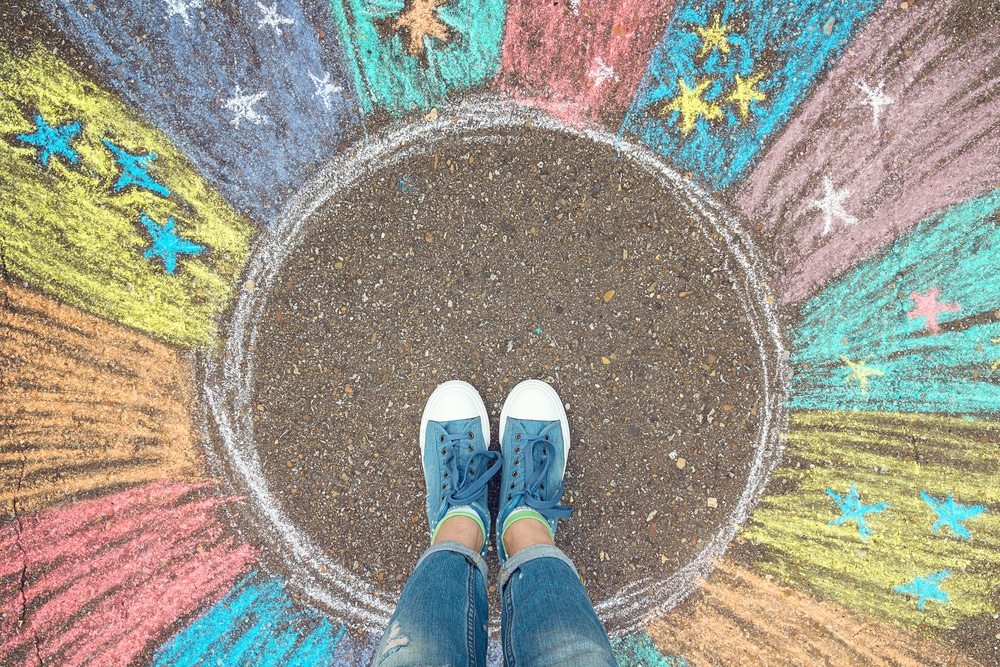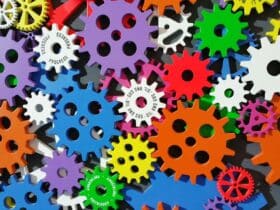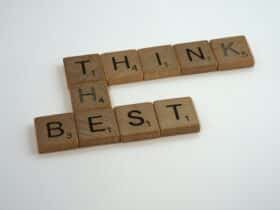Have you ever had those moments when you thought you’ve only spent a short time doing something, but then you find out later you’ve been doing it for hours? When you’ve gotten so immersed in a task that time and everything else around you seem to fade away? The state you’ve experienced during those moments of complete concentration and enjoyment is called flow.
The state of “flow” or being “in the zone” was first introduced by Mihály Csíkszentmihályi back in 1988. According to Csíkszentmihályi, it is a complete immersion of self in experiences; a state when your full attention is focused on what you’re doing and there’s no room in your awareness for conflicts and contradictions. It’s when you enter a blissful state where time is irrelevant and all that matters is what you’re currently doing or what’s in front of you.
In Csíkszentmihályi’s study using the Experience Sampling Method in the early 1970s that involved recording the daily activities and experiences of a number of subjects. He found that flow generally occurs when a person is doing his or her favorite activity. But apparently, no matter how much you love doing a particular task, it’s still not that easy to get into the zone. For one to enter the state of flow, there are various factors that must be considered. Here are five ways you can do it.
Get just the right amount of stimulation
In Csíkszentmihályi’s 2004 TED Talk, he explained that in order to achieve the state of flow, there must be a balance between the challenge of the task and the skill of the performer. If the challenges exceed skills, it can lead to overstimulation – making one anxious, nervous, or easily irritated; and if skills exceed challenges, it can lead to understimulation – making one bored, fatigued, and unmotivated.
https://www.youtube.com/embed/fXIeFJCqsPs?rel=0
Enjoyment, according to him, appears at the boundary between boredom and anxiety, when the challenges are just balanced with the person’s capacity to act. The secret to getting in the state of flow, then, is getting just the right amount of stimulation for the task at hand.
When you’re overstimulated, do things that will reduce your anxiety and calm you down so you can get into the zone. Take a shower or a 10 to 20-minute nap to relax your mind, or get up to take a quick walk outside and keep your mind off of things for a while. You can also try these short meditations that you can do at your desk to reduce stress.
When you’re understimulated, take things up a notch and try to stay as energized as you can. Look for ways to make your task more challenging or find something else entirely different to challenge yourself with. Get up and walk, dance, or do some stretching – work those muscles and move around. Grab a snack, but avoid consuming too much sugar – the sugar rush will burn you out fast. Put on whatever music would lift your spirits and make you feel more motivated.
Set up your environment in a way that is conducive to you
To ensure that your surroundings will support your concentration and creativity, make sure there are no distractions around. Turn off your phone notifications. Close the door. Unplug from the internet if you don’t need it for work.
You can also try creating the same atmosphere every time you want to get into the zone so that over time, your brain would associate a particular vibe with the state of flow. Experiment with different aspects so you can figure out the right atmosphere that gets you into the flow state.
Try working at the same time every day. The best time to work is usually early in the morning or late at night, as there is minimal distraction during these times. A recent study by Mareike Wieth and Rose Zacks also suggests that we are more innovative and creative when we are not at our best, with respect to our circadian rhythms. So if you’re a morning person, consider working in the evening; and if you’re a night person, try working during the morning.
You can also try to incorporate other external stimulants such as your choice of music, the smell of scented candles, coffee or tea, and even the clothes you wear. If you do the same rituals and recreate the same atmosphere whenever you start to work, your mind and body would eventually know when it’s time to reach the flow.
Use the right tools and keep them within arm’s reach
In order to avoid losing your momentum while working, make sure everything you need – papers, pens, notebooks, calculators – is within arm’s reach. Other tools that might be useful to you are digital productivity apps that can help you facilitate your work. There are plenty of productivity apps out there that you can try to organize your stuff, bring more structure to your work, or help you focus better. You’ll be surprised at how these digital tools can save you lots of time and frustration, allowing you to have more time to get into the zone.
Get plenty of sleep and exercise
In order to access your mind’s maximum potential when you work, you need to get adequate if not plenty of sleep and exercise. Heidi Godman mentioned in her article on Harvard Health Publishing that parts of the brain that control thinking and memory have greater volume in people who exercise versus people who don’t. Exercise also works indirectly to improve mood and sleep, reducing stress and anxiety and allowing you to get into the zone more easily.
Try getting out of your head sometimes and engage in at least 150 minutes of moderate aerobic activity or 75 minutes of vigorous aerobic activity per week. That’s only 22 minutes of moderate activity per day. Hit the gym, do yoga, or do a quick jog around the neighborhood.
To get the flow going, you need to integrate your body with your mind. Energy runs throughout your body, not just on your mind. That’s why it’s important that you also work on your body. Your brain and mind feed on each other, and once they both get going, you will have the boundless energy you need to channel wherever you want it to – allowing you enter the flow more easily.
Don’t forget to get your much needed seven to nine hours of sleep every night so you can function your best when it’s time to get to work. Without enough hours of restorative sleep, you won’t be able to work, learn, create, and communicate at a level even close to your true potential.
May the flow be with you
“If you are interested in something, you will focus on it, and if you focus attention on anything, it is likely that you will become interested in it. Many of the things we find interesting are not so by nature, but because we took the trouble of paying attention to them.” – Mihály Csíkszentmihályi
The state of flow, when achieved on a regular basis, is said to be a key component of happiness. When you are able to focus on a particular task, you achieve true productivity. True productivity is actually achieving your goals instead of doing things just for the sake of beating the deadlines. It’s creating two or three masterpieces instead of 20 mediocre paintings. It means quality instead of quantity. Once you’ve trained yourself to focus on your tasks, you’ll eventually learn to block out distractions and focus long enough to produce quality work.
And when you’ve finally learned how to lose yourself in what you do, you’ll begin to enjoy yourself and the activities more, allowing you to increase the quality of your outputs without stressing yourself out. You’ll finally get to do things because you actually like doing them, not just to get them done. Flow is the secret to all of that. What do you do to focus on a particular task and get in the zone?
Author Bio: Lois Sapare is an editor at Scoopfed and a contributor for PanelWallArt. She is a former student journalist with a bachelor’s degree in Information Technology. When she’s not writing content on a variety of topics, you can find her watching pysch thriller films or keeping up with the latest buzz in the tech world.


















